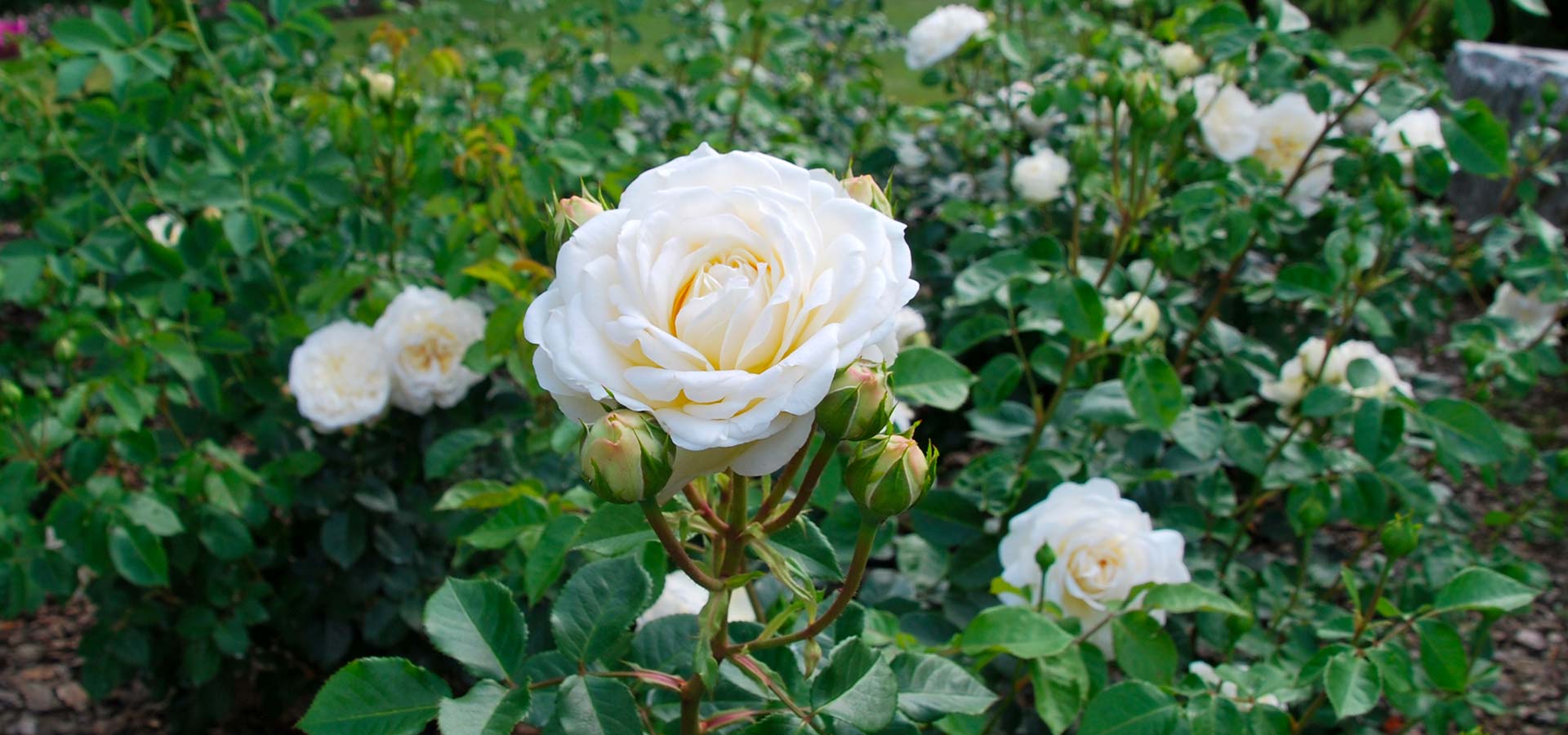
THILO WESTERMANN


The most beautiful rose in France?
When Marie Joseph Rose de Tascher de La Pagerie (Joséphine) married Napoléon and became Empress of France in 1804, she was not the first sovereign who enjoyed surrounding herself with flowers. Her desire, however, to recreate the atmosphere of her native island of Martinique steadily developed into a large garden housing an exemplary range of various plants, roses and exotic animals unequalled by her peers. She played a significant role in a prolific and internationally active network of plant collectors. Thanks to her engagement, the Continental Blockade was partially lifted to allow for plant exchanges and, at her behest, botanical artist Pierre-Joseph Redouté eternalized the flowers in drawings, which could be published and shared with a wider audience. Other botanical books were dedicated to honor the Empress as a patron who tirelessly supported botanical interests and research. Paintings by artists like Auguste Garneray, François Gérard or Jean-Baptiste Isabey frequently depict Joséphine as a neo-classical beauty adorned with roses or celebrate her allegorically as the goddess Flora herself. Decorative arts and poetry also testify to her enormous influence within the world of “rosomaniacs”. Taking a closer look at Joséphine and her beloved roses unveils an interdisciplinary universe in which gardening, plant collecting and rose breeding are interwoven with the fine arts and global politics.
Thilo Westermann is an artist and art historian. He is known for his reverse glass paintings, drawings, photomontages and books, which are frequently informed by the origin and historical background of certain plant cultivations (Thilo Westermann Migrations, Skira 2022). In 2016, he earned a PhD with a thesis on the reappearance of Pan in the arts at the turn from neo-classicism towards modernism (Imhof Verlag, 2017). Since 2018, Westermann writes letters to Stéphanie de Beauharnais (1789-1860), Napoléon’s adopted daughter and former Grand Duchess of Baden, as if she were an art collector still living today. The collection of letters, Correspondance avec Stéphanie, keep the reader informed about Westermann’s work and offer insight into his research on botanical collections, politics and art as well as on the Bonaparte and Beauharnais families.
Biography
Thilo Westermann is an artist and art historian. He is known for his reverse glass paintings, photomontages and books, which are frequently informed by the origin and historical background of certain plant cultivations (Thilo Westermann Migrations, Skira 2022). In 2016, he earned a PhD with a thesis on the reappearance of Pan in the arts at the turn from neoclassicism towards modernism (Imhof Verlag, 2017). Since 2018, Westermann writes letters to Stéphanie de Beauharnais (1789-1860), Napoléon’s adopted daughter and former Grand Duchess of Baden, as if she were an art collector still living today. The collection of letters, Correspondance avec Stéphanie, keep the reader informed about Westermann’s work and offer insight into his research on botanical collections, politics and art as well as on the Bonaparte and Beauharnais families.


